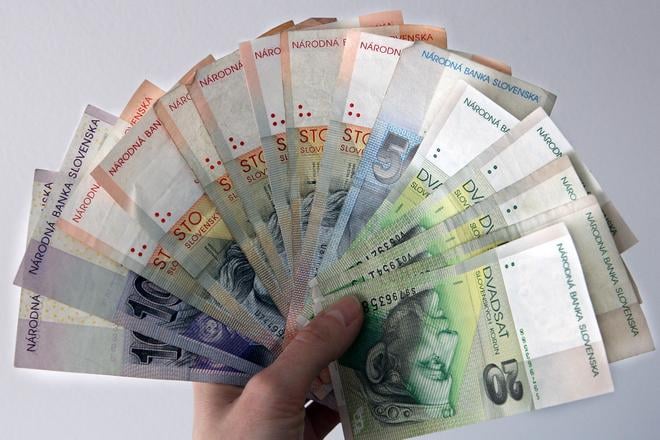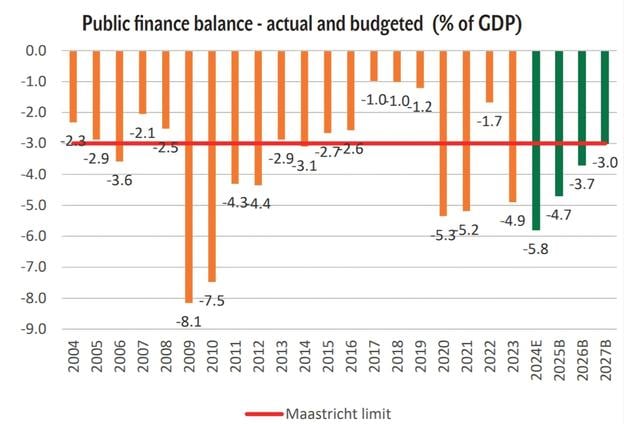Zdenko Štefanides is the chief economist at VÚB Bank.
Until recently, it appeared that the Slovak economy would experience accelerating growth in 2025 thanks to cyclical tailwinds from lower interest rates and energy costs, and falling inflation. Yet these hopes have been dashed by the surprisingly sizable fiscal restraint announced for 2025, coupled with diminishing hopes for the recovery of exports due to the struggles of Slovakia’s key trading partners in the eurozone. In a baseline scenario, we are looking at real GDP growth to remain positive in 2025, albeit slower than in 2024. Longerterm, to sustain growth, Slovakia must address several structural deficiencies, in particular, its ageing population and insufficient labour supply.
Looking back at 2024
The Slovak economy performed relatively well in the first half of the year, growing by 2.6 percent compared to the previous year. Growth was nonetheless solely driven by domestic demand, up 6.4 percent, whereas external demand disappointed, as the forecast recovery of the German economy – Slovakia’s key trading partner – failed to materialise. Instead, in the second quarter, the German economy again contracted and surveys predict its stagnation in the first part of 2025. The generally poor performance of Slovak exporters is thus most likely to continue, sapping economic growth for the rest of the year.

 The public finance consolidation package will not bring a turnaround in public spending. (source: SME)
The public finance consolidation package will not bring a turnaround in public spending. (source: SME)
 Public finance balance (source: NBS, Finance Ministry )
Public finance balance (source: NBS, Finance Ministry )